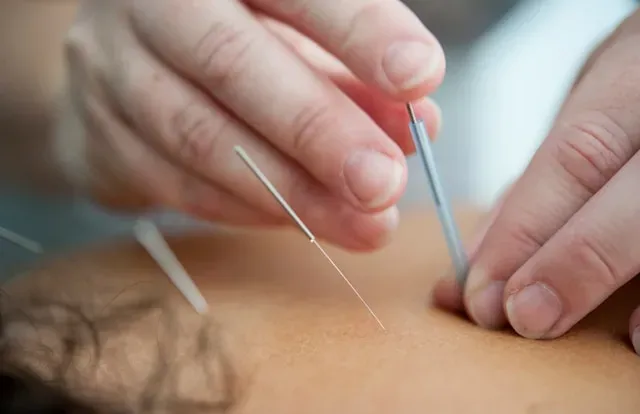
7 Acupuncture Techniques
Discover the 7 most popular Acupuncture Techniques and how they can help patients achieve optimal health.
Get carepatron free
Commonly asked questions
Acupuncture is believed to stimulate the central nervous system—the brain and spinal cord—by placing acupuncture needles at specific points in the body. This stimulation can release chemicals into the muscles, spinal cord, and brain, which may either promote a sense of well-being or alter the way pain is perceived and experienced.
Yes, acupuncture needles are classified as medical devices by health regulatory authorities in many countries, including the United States. They must meet stringent sterility and manufacturing standards to ensure safety and efficacy for medical use.
The body's response to acupuncture is complex and involves multiple biological mechanisms. It is believed that acupuncture may regulate the flow of qi, or vital energy, along meridian pathways. Scientifically, it is thought to regulate the body's nervous and endocrine systems, which affects inflammation, pain modulation, and the healing process.







